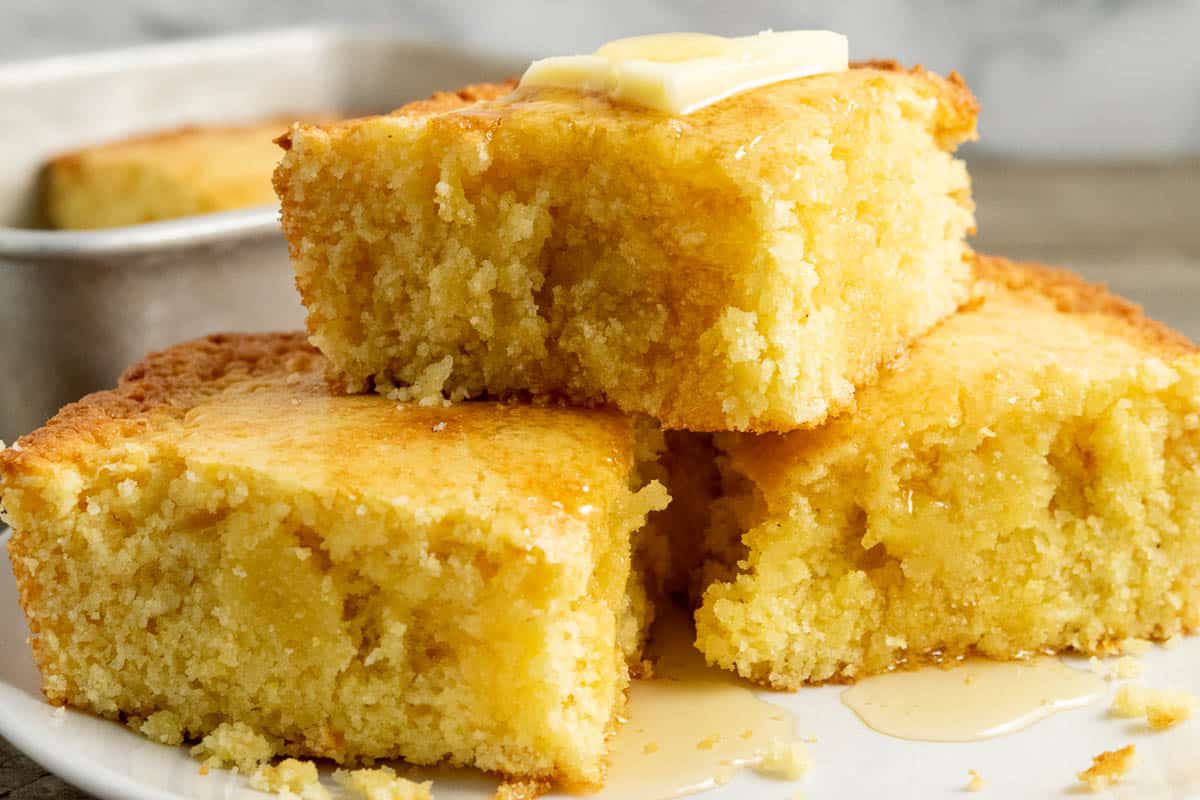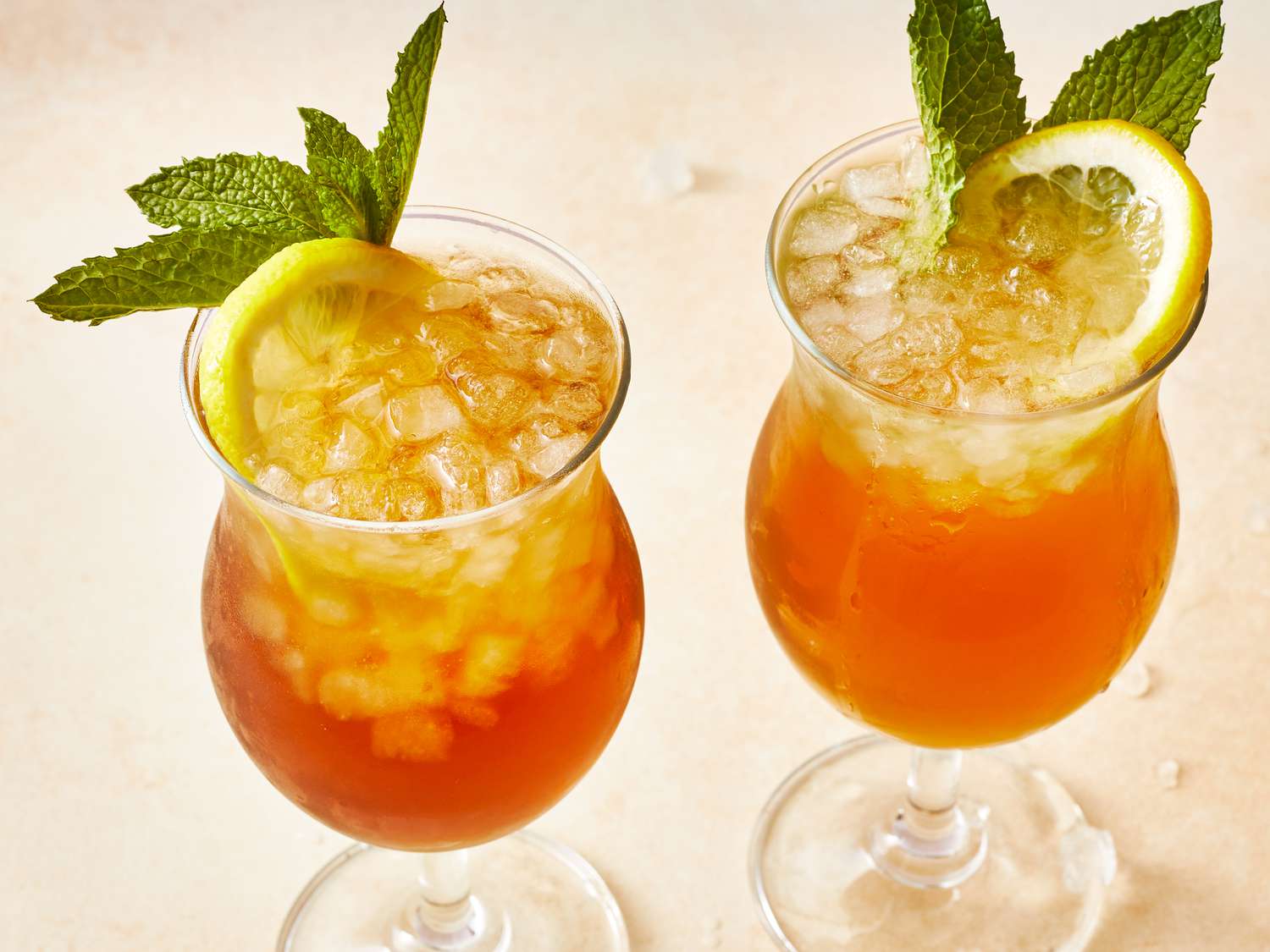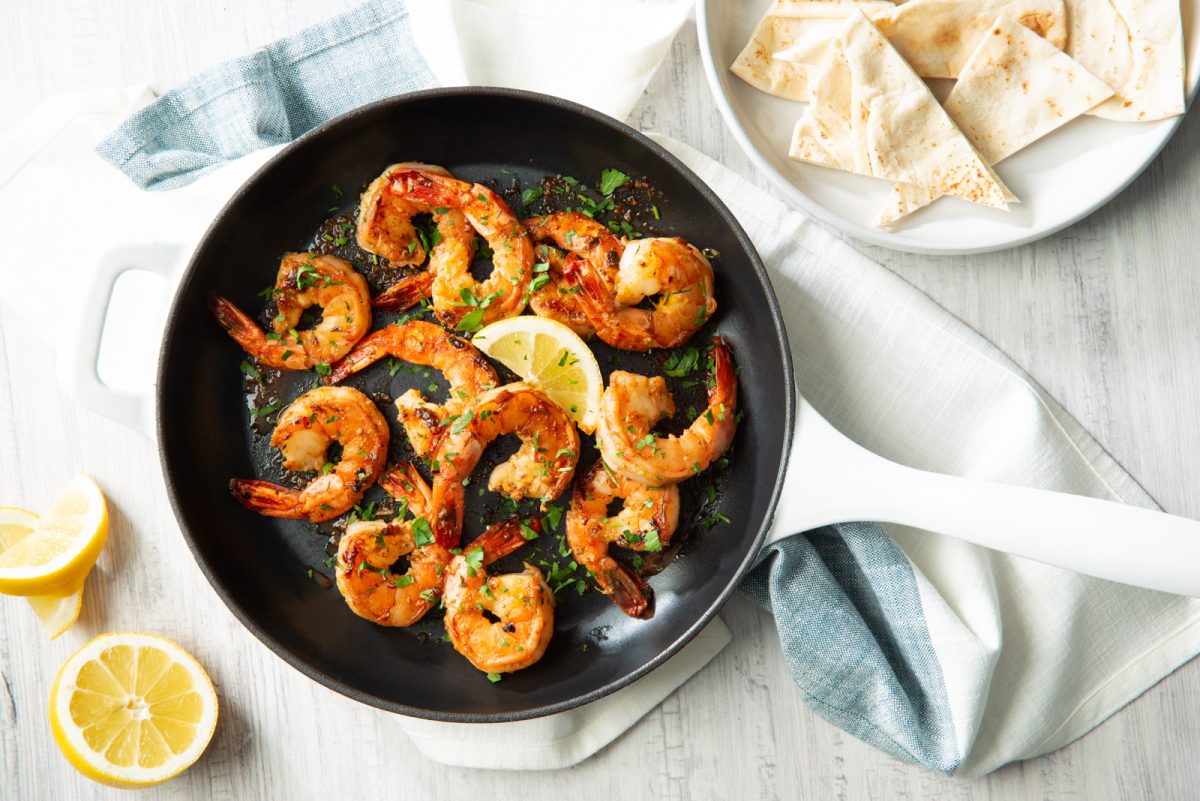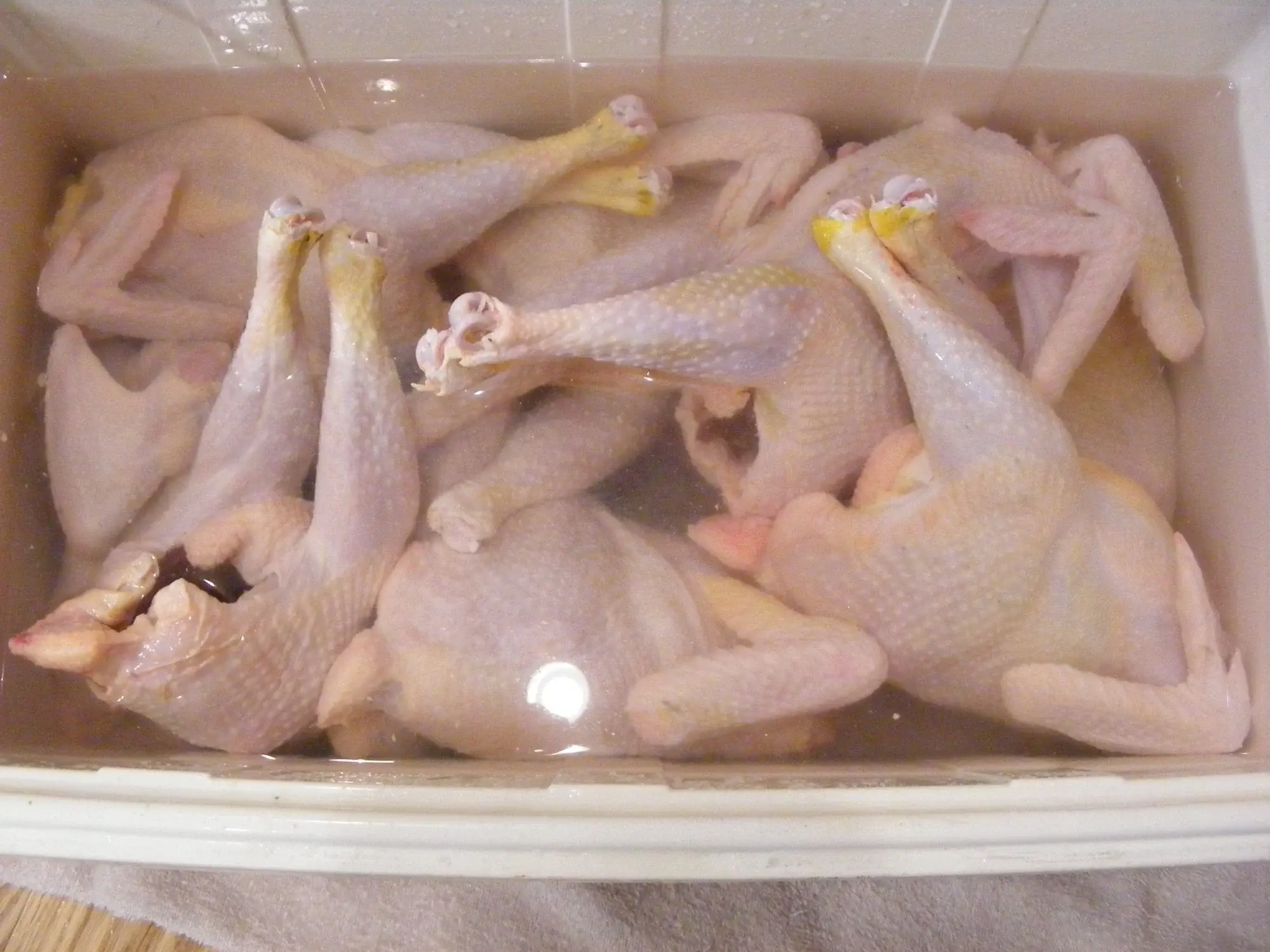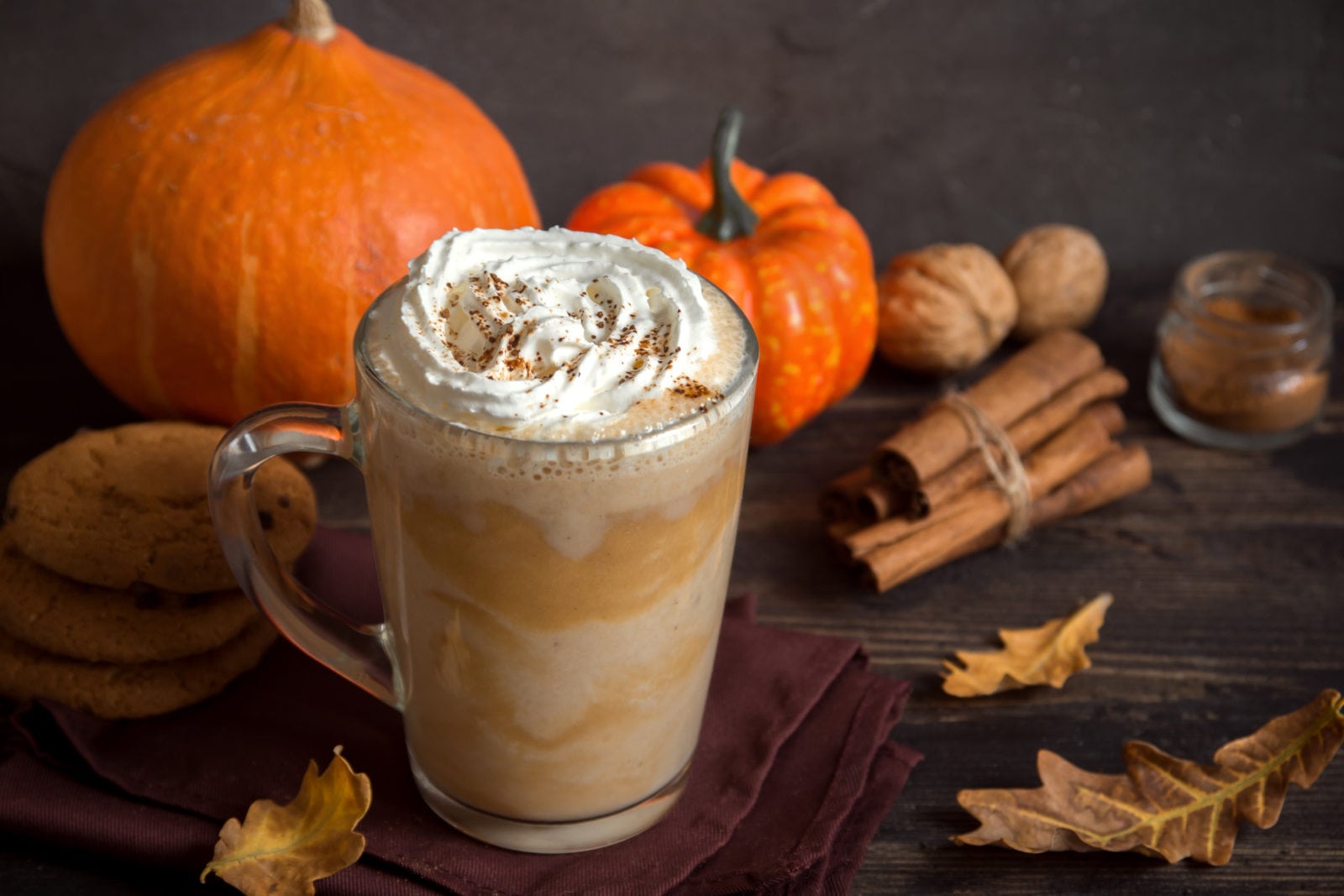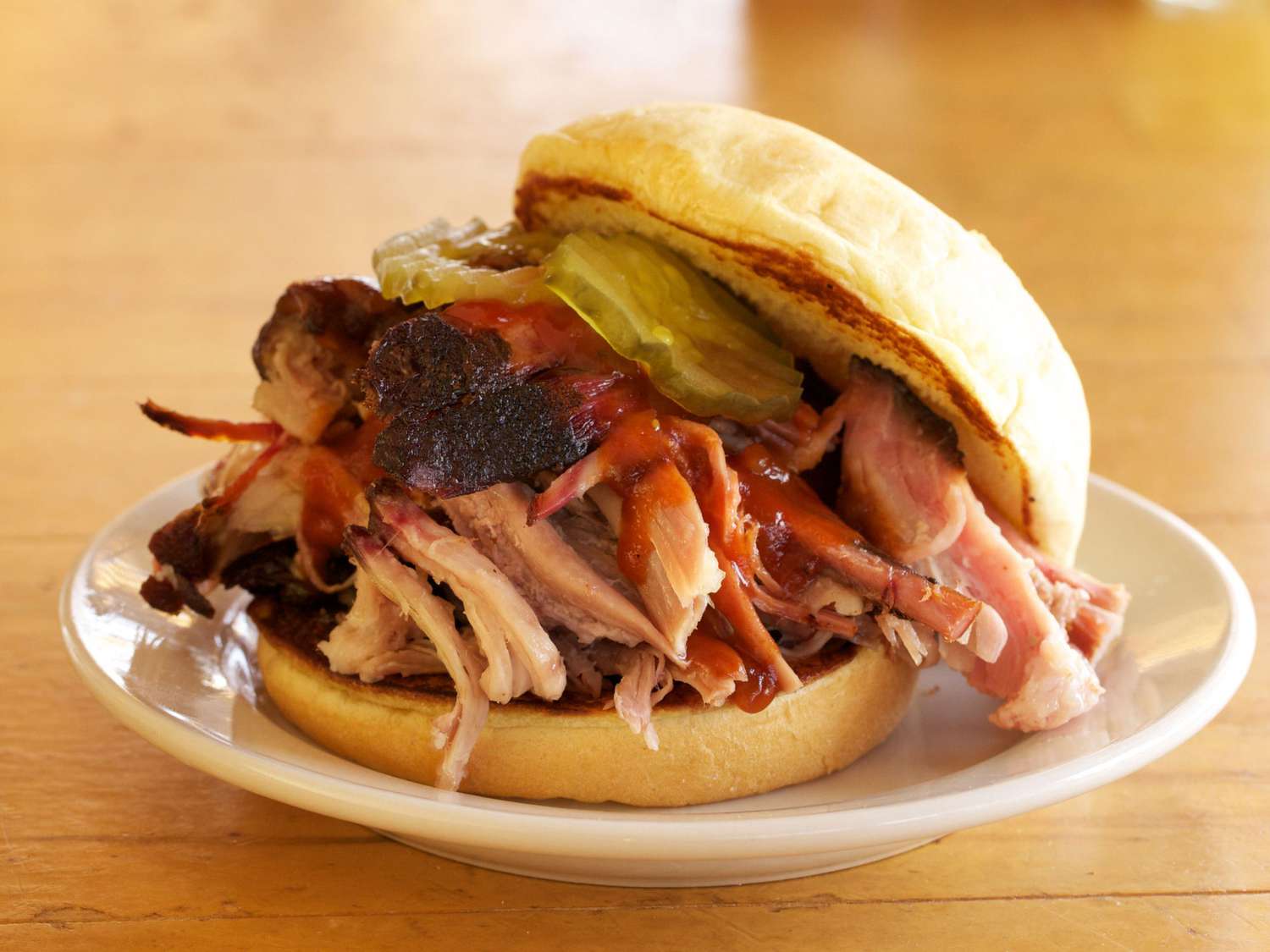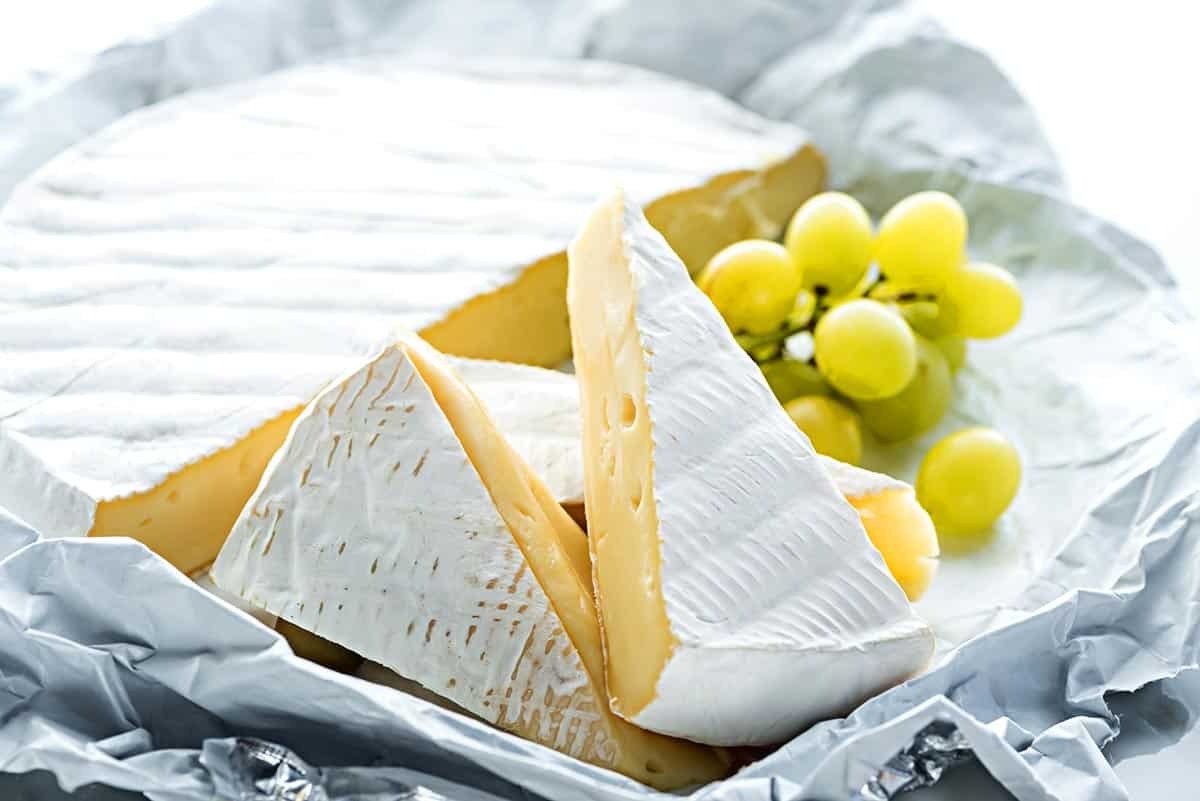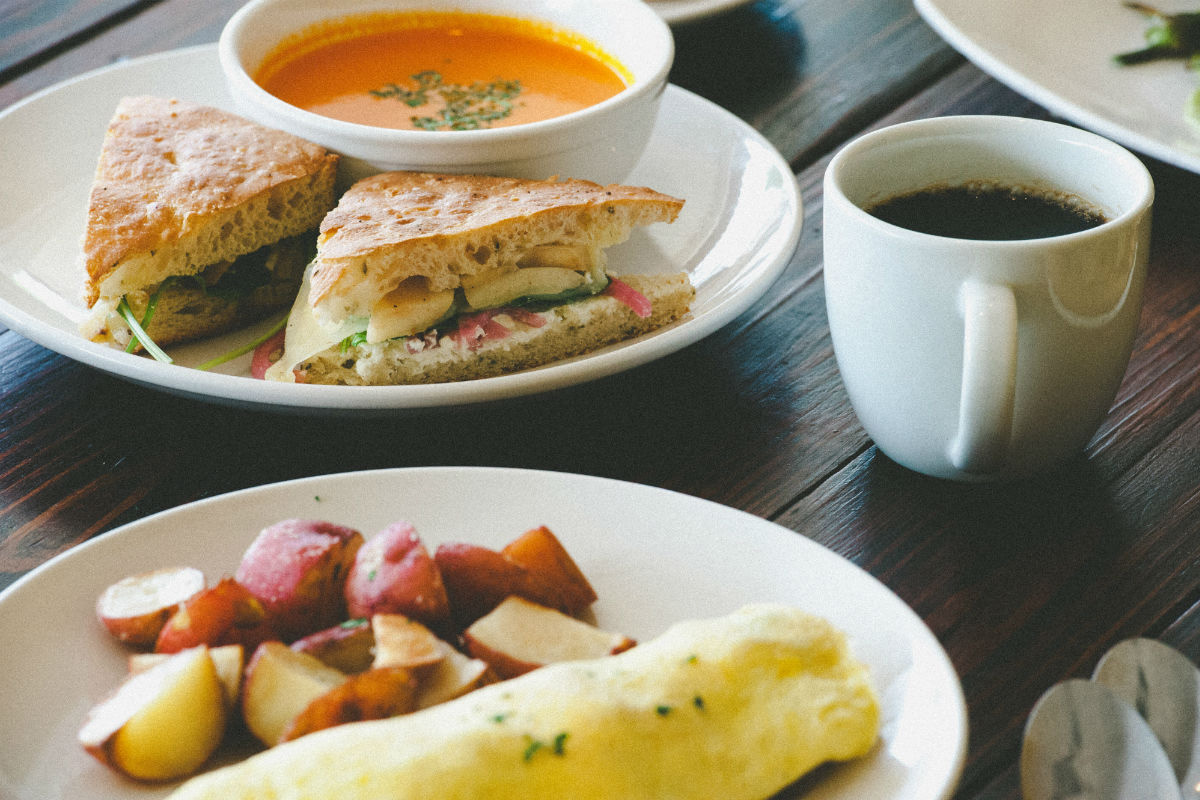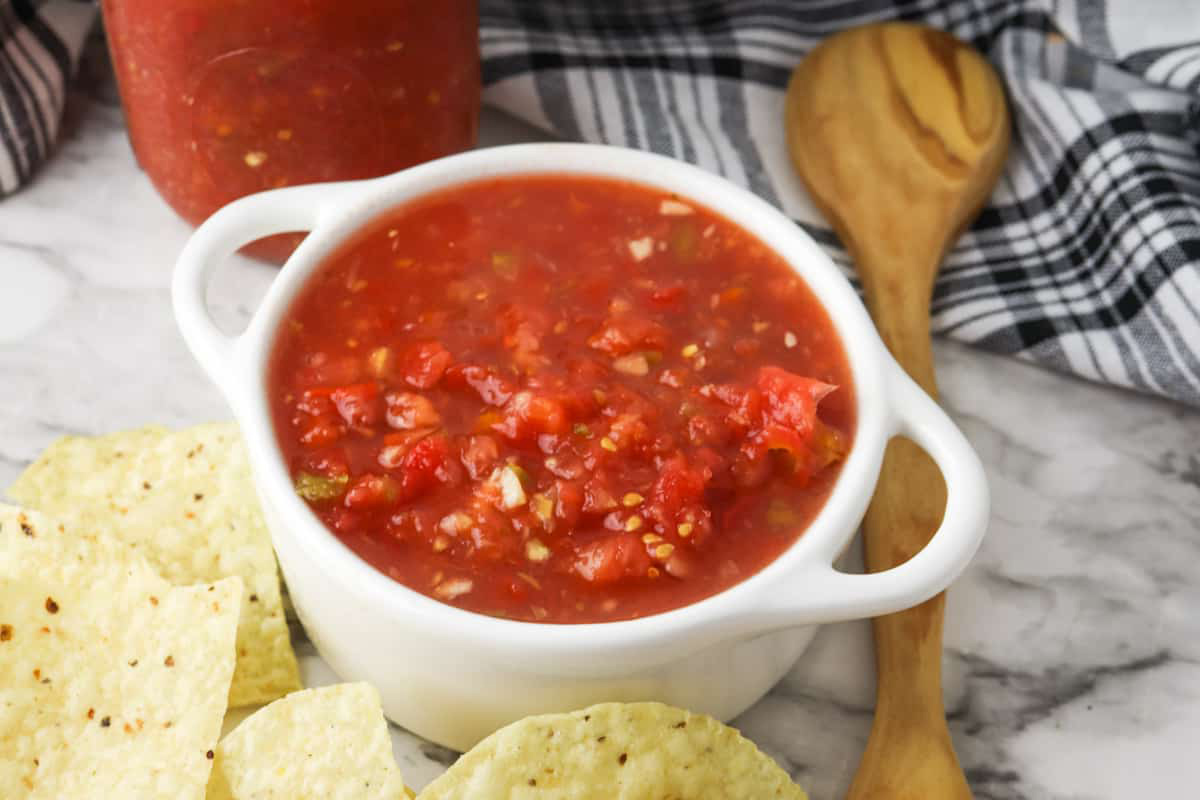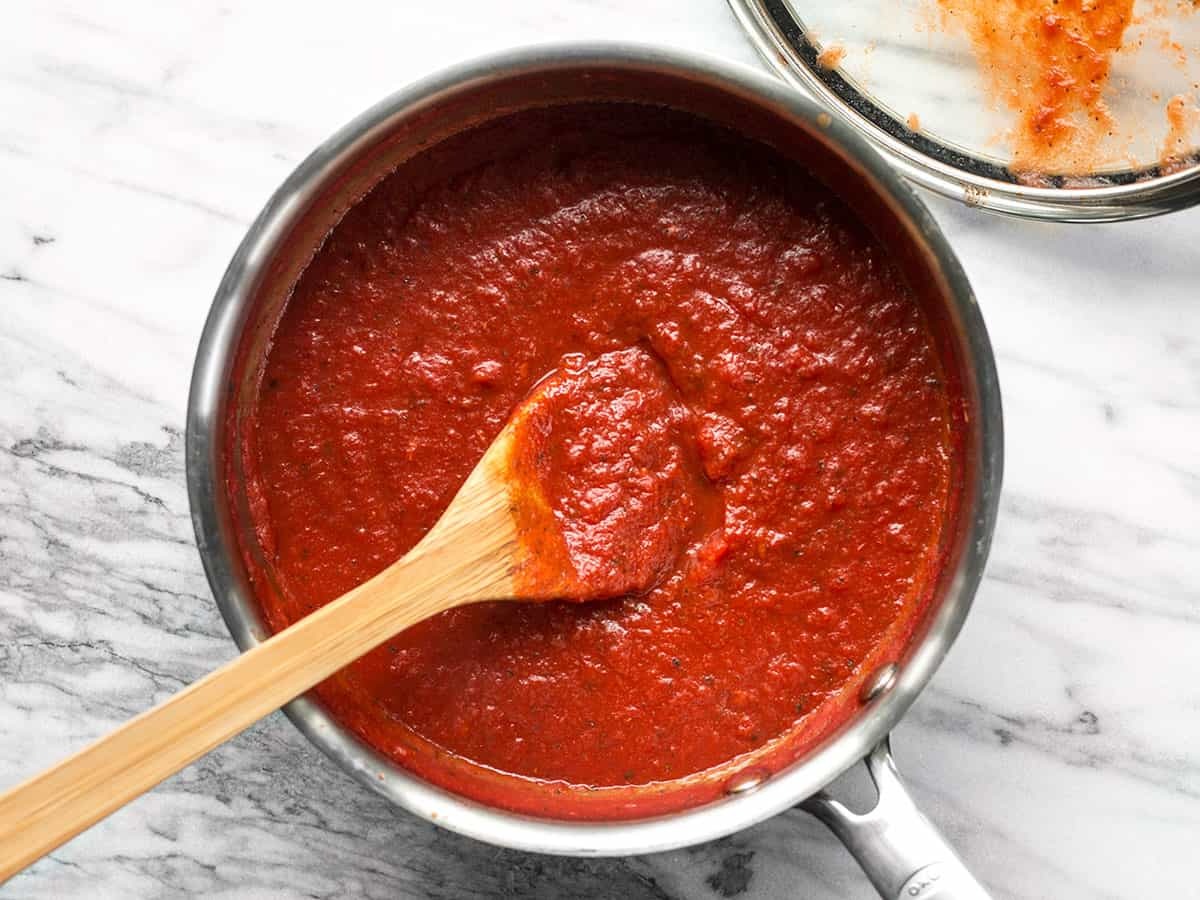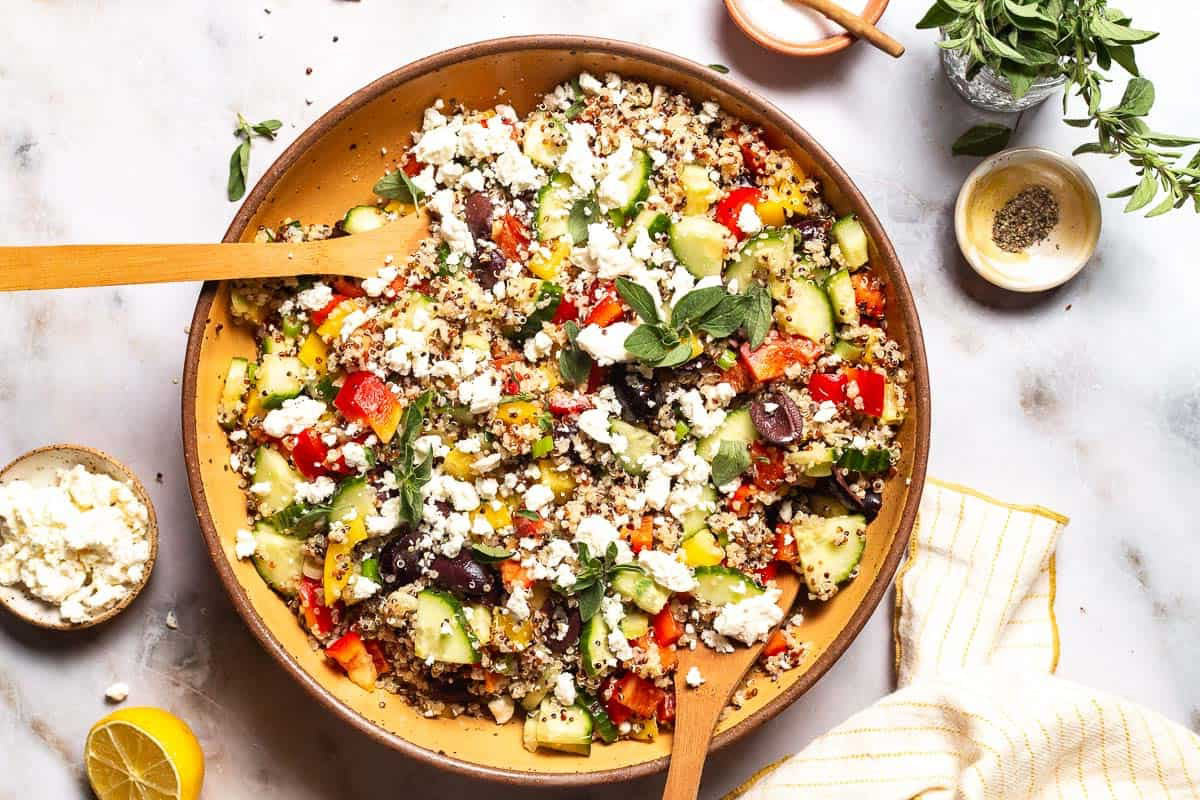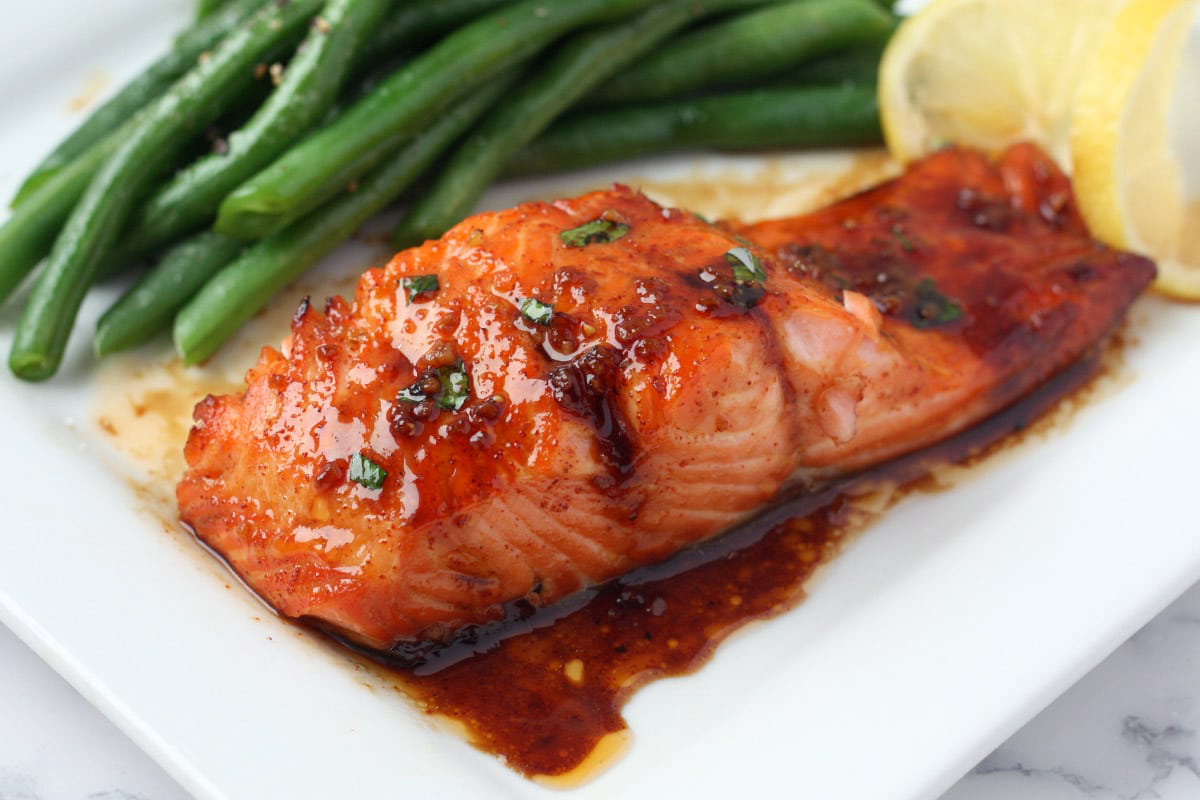Discovering the Delightful Dessert: Blancmange
Have you ever heard of blancmange? This delightful dessert has a rich history and a unique taste that has delighted taste buds for centuries. Let’s take a closer look at what blancmange is and why it’s worth trying.
What is Blancmange?
Blancmange is a sweet dessert that originated in medieval Europe. It is typically made with milk or cream, sugar, and gelatin, which gives it a smooth and creamy texture. The dessert is often flavored with ingredients such as almond, vanilla, or rose water, adding a delightful aroma and taste to the dish.
The History of Blancmange
Blancmange has a long and fascinating history that dates back to the Middle Ages. It was originally a dish enjoyed by the nobility, often flavored with expensive ingredients such as almonds and rose water. Over time, blancmange became popular across Europe and was eventually brought to the Americas and other parts of the world through colonization and trade.
How Blancmange is Served
Blancmange can be served in various ways, making it a versatile dessert for any occasion. It can be molded into decorative shapes and served chilled, or it can be served in a more traditional pudding-like form. Some variations of blancmange include the addition of fruits, nuts, or a drizzle of sweet syrup, adding a delightful twist to the classic dessert.
Why You Should Try Blancmange
There are several reasons why blancmange is worth trying. Its creamy texture and delicate flavors make it a delightful treat for anyone with a sweet tooth. Additionally, blancmange is a versatile dessert that can be customized to suit different preferences, whether you prefer a classic almond flavor or a more modern twist with added fruits and nuts.
Furthermore, blancmange offers a glimpse into culinary history, allowing you to experience a dessert that has been enjoyed for centuries. By trying blancmange, you can connect with the traditions and flavors of the past while indulging in a truly delicious dessert.
How to Make Blancmange
If you’re feeling inspired to try blancmange, you’ll be pleased to know that it’s relatively simple to make at home. With just a few basic ingredients and some patience, you can create your own batch of this delectable dessert. Here’s a basic recipe to get you started:
- Heat milk or cream in a saucepan over medium heat.
- Add sugar and your choice of flavoring, such as almond extract or rose water.
- Stir in gelatin until it is fully dissolved.
- Pour the mixture into molds or serving dishes and refrigerate until set.
- Once chilled and set, blancmange is ready to be enjoyed!
Feel free to experiment with different flavors and presentations to make blancmange your own.
Conclusion
Blancmange is a timeless dessert with a rich history and a delightful taste. Whether you’re intrigued by its historical significance or simply want to indulge in a creamy and flavorful treat, blancmange is definitely worth trying. So, why not embark on a culinary adventure and savor the unique experience of enjoying a dish that has stood the test of time?
Was this page helpful?
Read Next: What Is Cane Molasses?
